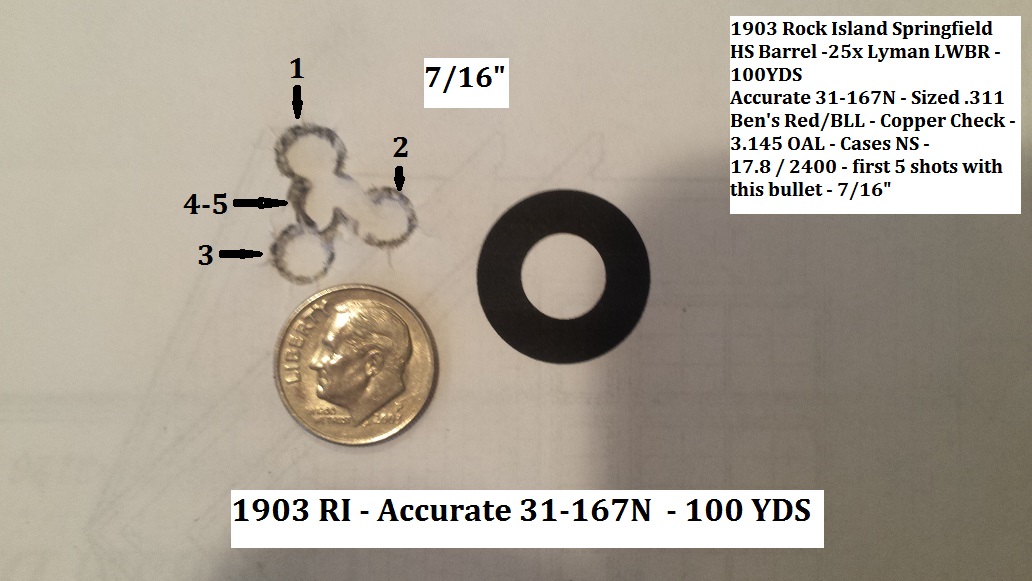Ian
Notorious member
Although I appreciate the occasional need for slicker noses for reliable feeding, I'd sure love to see an accurate comparison of bullets with these slight nose alterations, showing the true resultant BCs.
I'd gladly provide a multi-cav rifle mold with a few .18" meplats and one larger meplat. Maybe Ian could minimally extend all but one of the .18s to smaller flat / round, and someone could use radar to calculate bc. Could also try varying alloy hardness to expose slump relativity.
Such a test begs a few questions on my part.
- What caliber would demonstrate the most profound results of different nose points?
- How fast would the bullets need to be shot, and how far, to get a useful sense of BC with the LabRadar device?
- Would a sub-sonic comparison also be useful? I think it would be, and might insist on that being part of the test, together with real-world 25-50-75-100-200 yard drop values. I could do the drop tests myself.
- Who has the gear and the interest to perform some "slump relativity" tests? Taking the .308 Winchester as an example, I don't start to see the noses balloon until up over 2400 fps, when there is a sudden drop in the POI. At that point groups either get a little better or go completely to hell.


